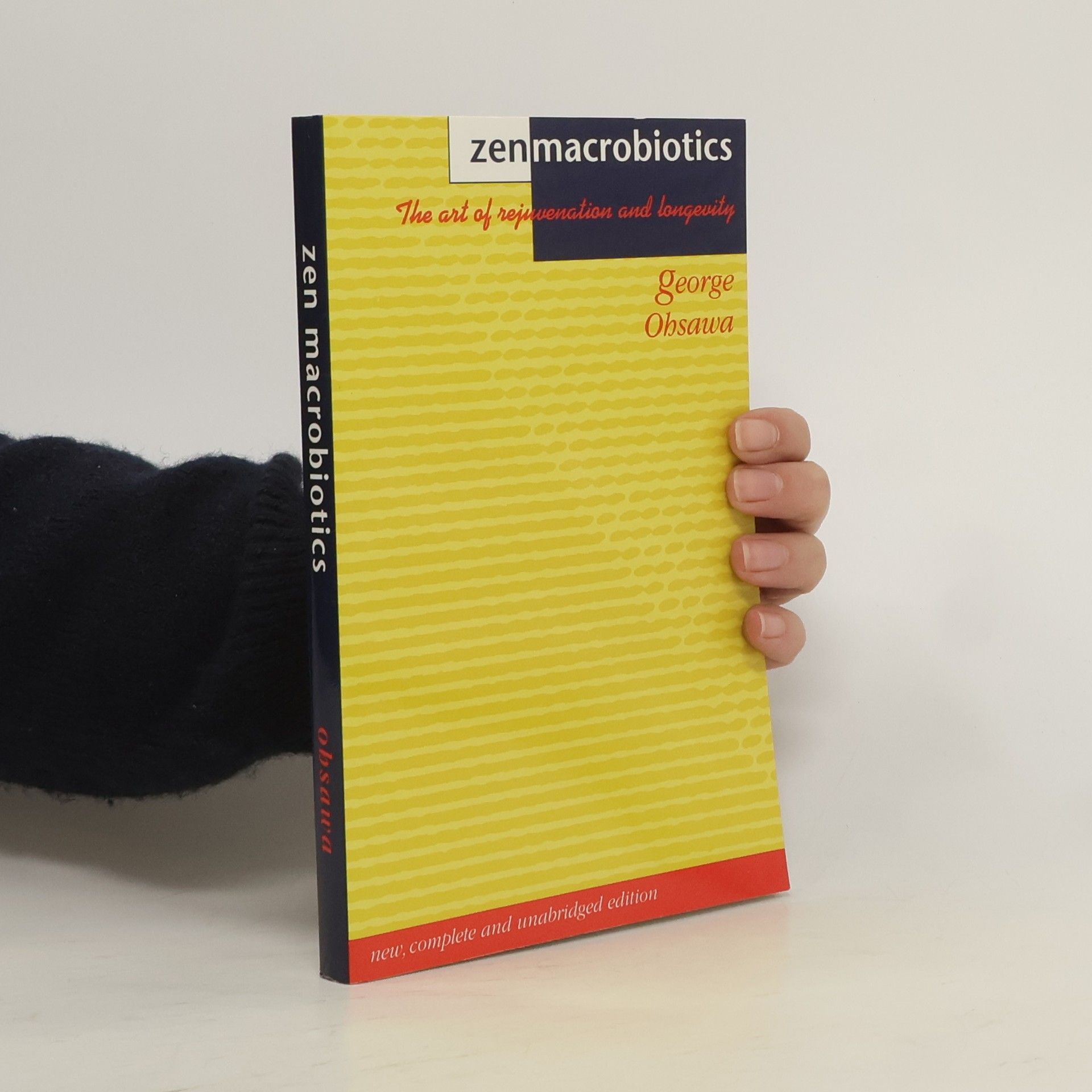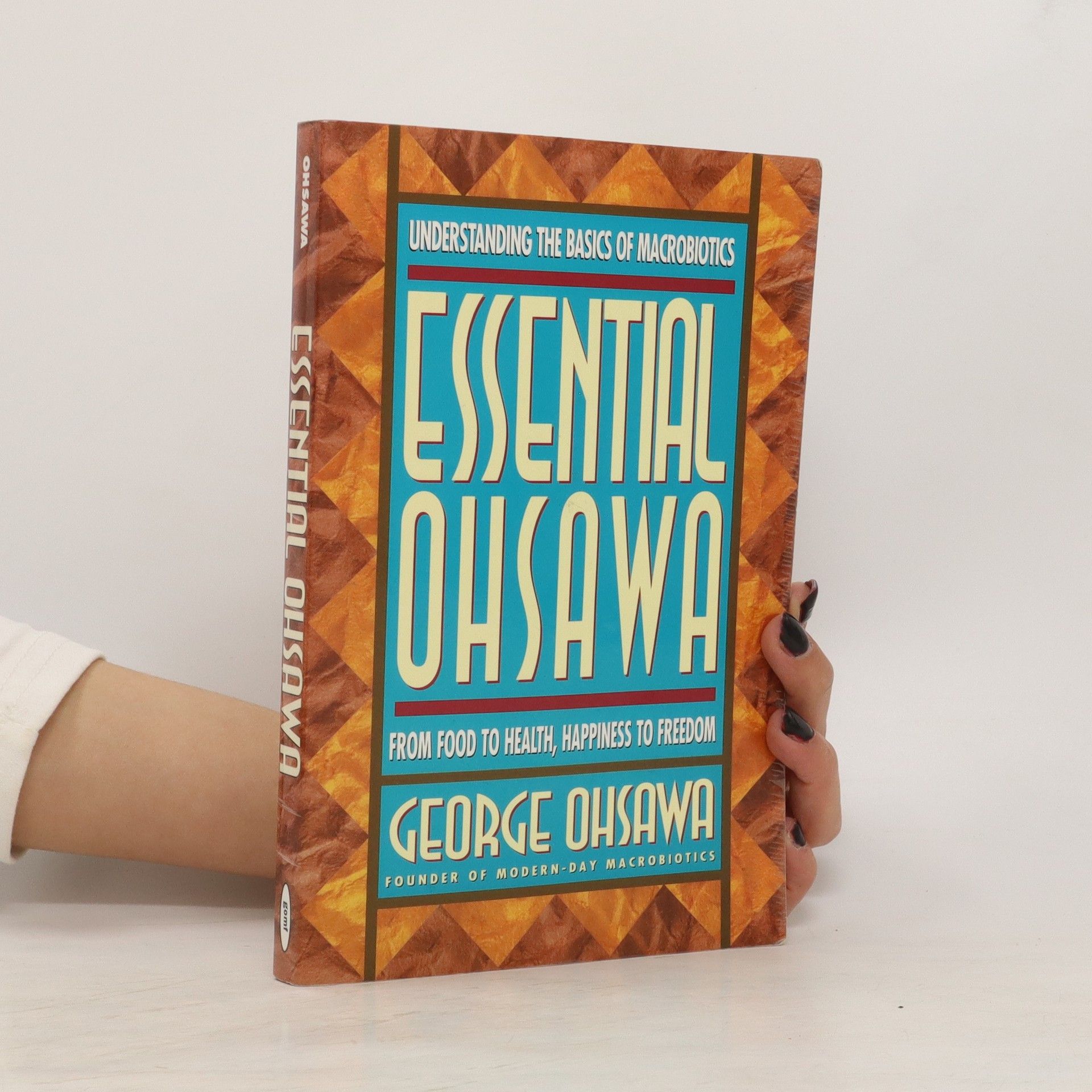Essential Ohsawa
- 256pages
- 9 heures de lecture
Compilation of Ohsawa's writings on health of body and mind.
George Ohsawa fut un pionnier du régime et de la philosophie macrobiotiques, découvrant le pouvoir des anciens principes yin-yang pour surmonter une grave maladie dans sa jeunesse. Sa profonde compréhension de l'équilibre et de l'harmonie devint le fondement de son enseignement. Ohsawa voyagea à travers l'Europe, diffusant ses idées et jetant les bases d'un mouvement mondial. Son héritage réside dans la promotion d'une approche holistique de la santé et du bien-être qui continue d'inspirer les gens du monde entier.



Compilation of Ohsawa's writings on health of body and mind.
In 1965 the second edition of Ohsawa's Zen Macrobiotics (first published in mimeographed format in 1960) was prepared and published by Lou Oles of the Ohsawa Foundation in Los Angeles. It contained much more information about soyfoods including Ohsawa Tamari (defined as "macrobiotic soy sauce produced by the traditional, biological, sugarless method," to be used both in cookery and in medicinal drinks), miso, tekka miso, miso cream, miso-ae, miso-ni, muso (miso mixed with sesame butter), tofu, and yuba. Thereafter these soyfoods appeared in virtually all Western macrobiotic cookbooks and cooking classes. The influence of this book can not be underestimated
Ohsawa's account of his 1955 visit to Dr. Albert Schweitzer's hospital in Africa and how he discovers a cure for deadly tropical ulcers followed by his teachings on the physical and mental aspects of disease, the traditional approach to healing versus the symptomatic medicine of today, and the priniciple of the unifying principle of yin and yang--the foundation of macrobiotics.